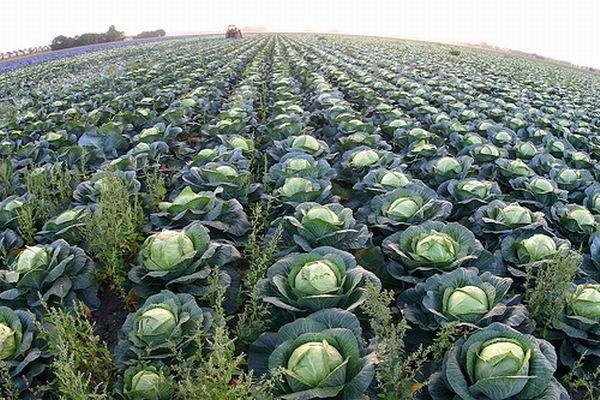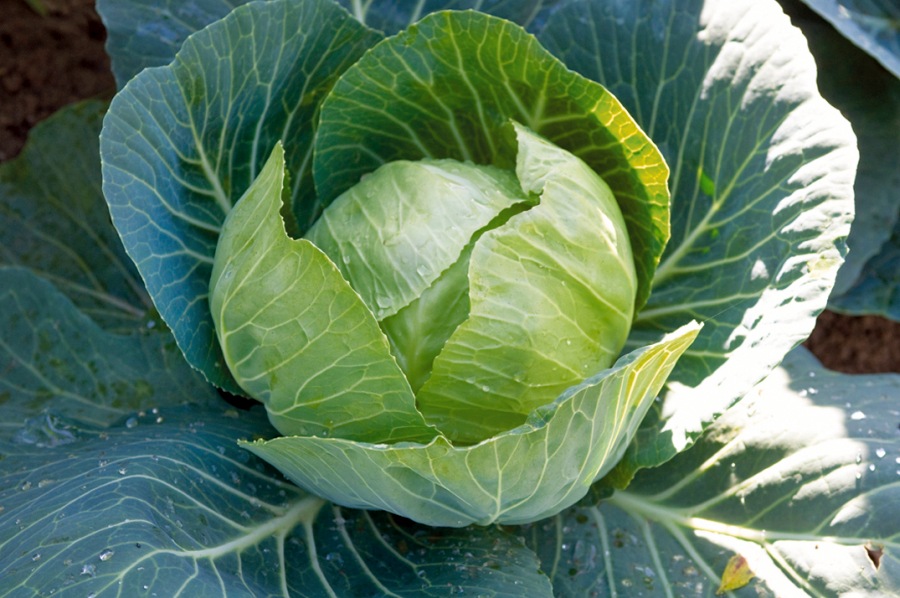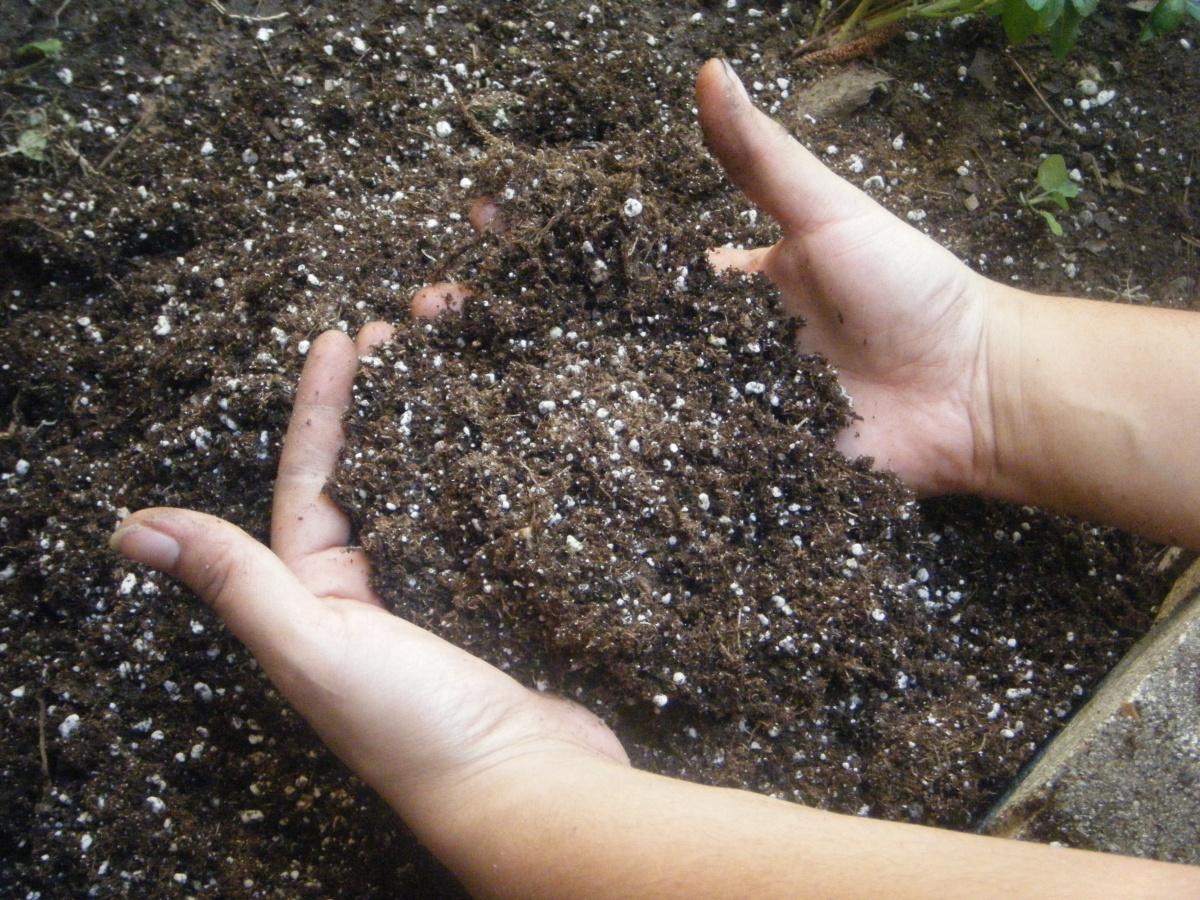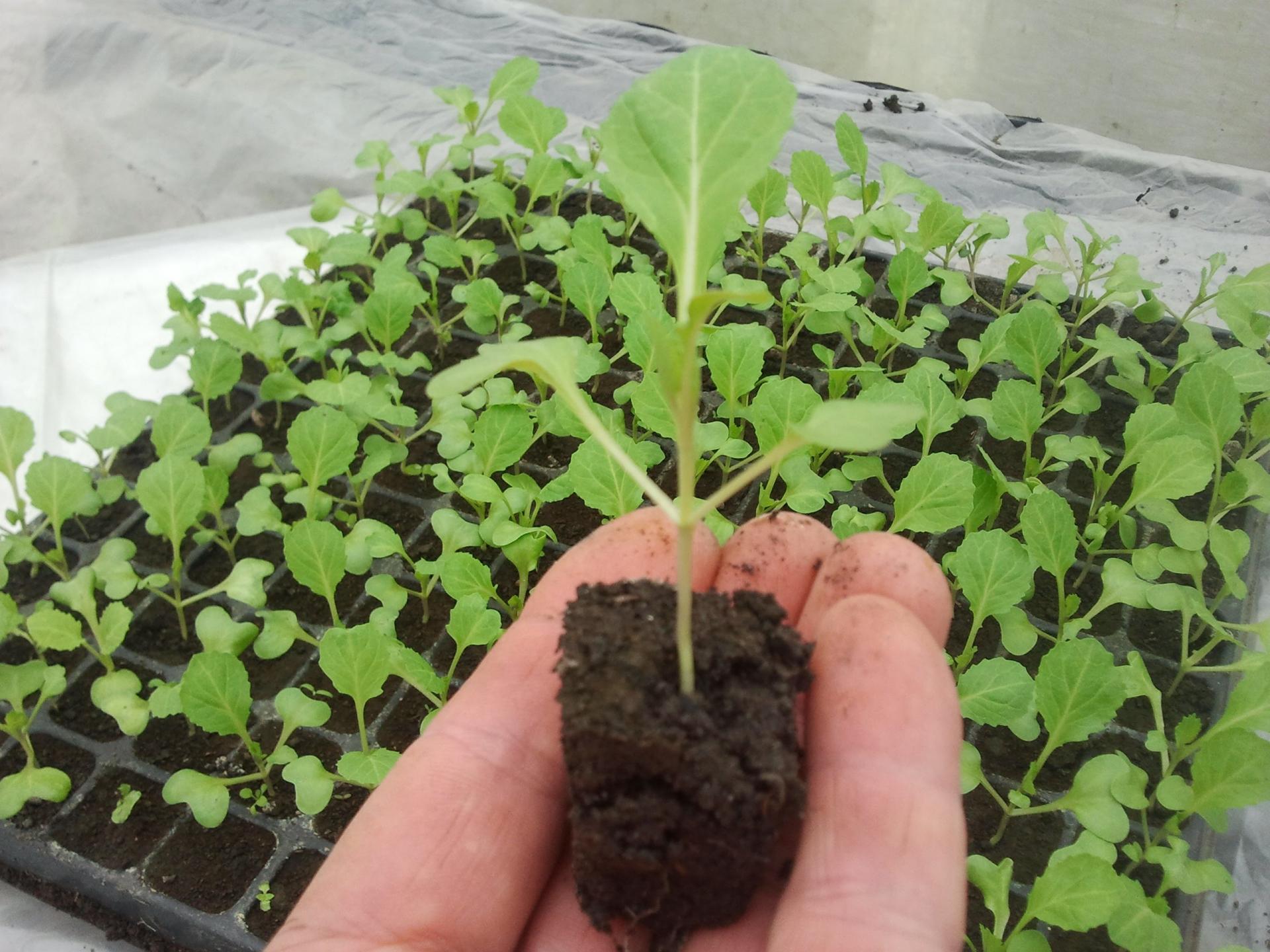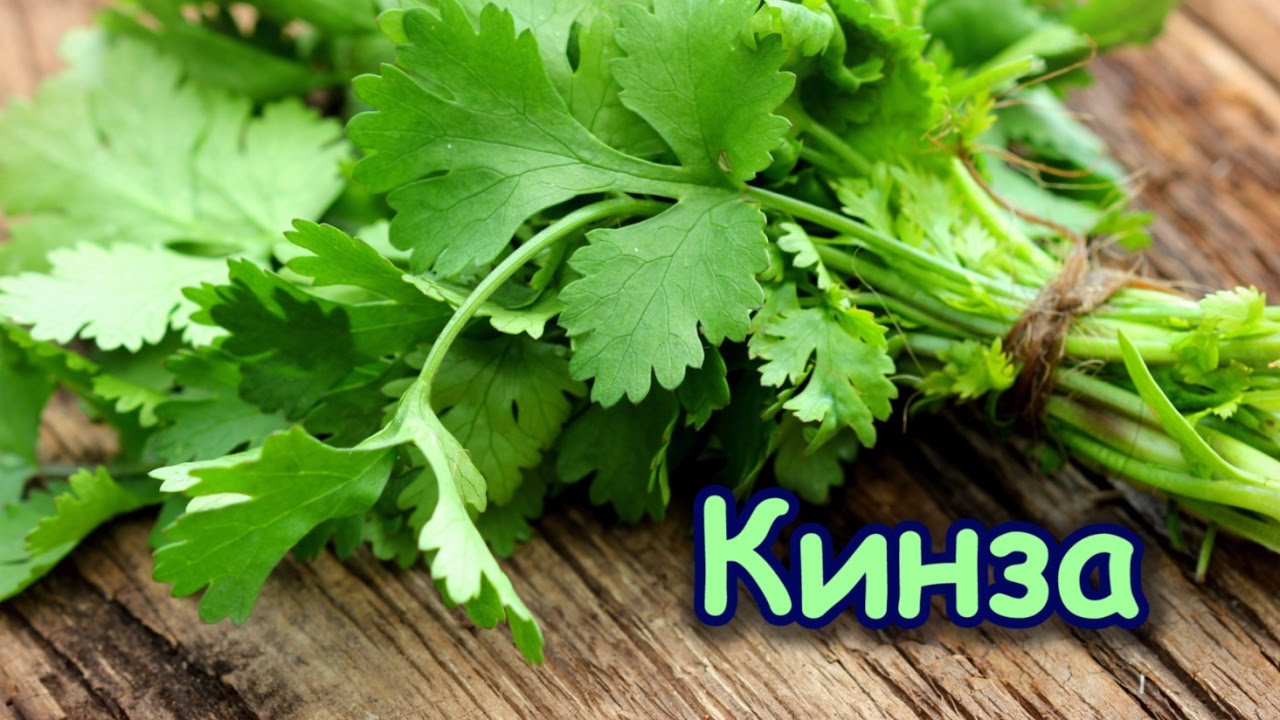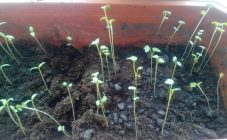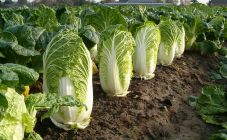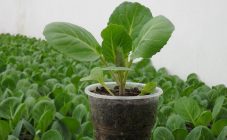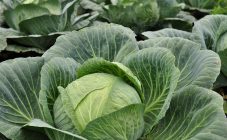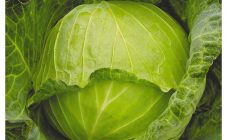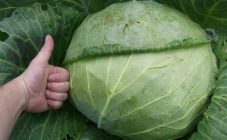Content:
Cabbage is a genus of plants that belong to the Cabbage family. In addition to cabbage, it includes mustard, turnip, rutabaga, radish, radish and turnip. More than 50 species of representatives of the genus are known, which are distributed throughout the world. For food, cabbage was grown in ancient Egypt, as well as in Greece and Rome - it began to be used for food more than 4 thousand years ago. In the 19th century, one of the leading Russian vegetable growers Rytov could name more than 22 varieties of cabbage. Growing cabbage in the country requires adherence to certain planting and care rules. Let's get acquainted with the rules on how to grow and care for cabbage.
The best varieties of cabbage: description and characteristics
Today there is a wide variety of cabbage varieties, but which one should be paid attention to by agronomists. What kind of cabbage to plant in the country? Further, the most popular varieties that are resistant to diseases are excellently preserved and do not lose their taste during processing.
Aggressor F1
A representative of white cabbage, which is highly resistant to fusarium and thrips, does not need scrupulous care and easily tolerates high temperatures. In addition, the heads of cabbage do not crack, and the variety gives large yields. The characteristic features of this variety include:
- the ability to plant a crop by direct sowing;
- the length of the growing season varies from 115 to 120 days;
- rather large weight of each fruit, from 3 to 5 kg;
- characterized by rapid growth and excellent plasticity.
Centurion F1
Not only beautiful, but also delicious fruits, from which an incomparable leaven comes out. Subject to all the rules for planting and caring for the crop, it practically does not get sick and gives good yield indicators. Each head of cabbage has a dense structure, thin delicate leaves and a short poker. In addition, the hybrid has the following characteristic features:
- well-developed root system;
- the duration of the growing season varies from 100 to 110 days;
- leaves carefully protect the head of cabbage from aggressive environmental factors;
- the head weight can reach 3-3.5 kg;
- there is a friendly ripening of fruits.
Blocker
The variety, resistant to thrips and fusarium, is unpretentious in nature. With proper care, it gives a rich harvest that can be stored for up to 7 months. And also culture is characterized by the following features:
- the hybrid is characterized by the uniformity of the heads of cabbage;
- the duration of the growing season is from 125 to 130 days;
- the weight of each head of cabbage reaches 2–2.5 kg;
- can be pneumatically cleaned.
Kohlrabi
A fertile variety suitable for growing in open and closed soil. It should first be planted under film shelters so that the plant hardens. White cabbage is compact in section, it has a pleasant color and rounded shape. The leaves are covered with a waxy coating, and are also delicate and thin. Features:
- well developed root system;
- medium late variety, the duration of the growing season is 110-120 days;
- the weight of a head of cabbage can reach 3-5 kg;
- the heads of cabbage ripen together.
Selecting and preparing a landing site
Many novice and experienced gardeners are wondering how to grow white cabbage in the country, as well as Brussels sprouts, Beijing sprouts, etc., how cabbage grows.During the autumn digging of the summer cottage, you immediately need to allocate space for cabbage, remove all weeds and apply fertilizer. The most optimal fertilizers: manure-peat compost or ordinary manure, wood ash. The soil must be dug to a depth of 15 cm.
The area set aside for cabbage should be flat (a small southeastern or southern slope is allowed), sunny and open. It is recommended to plant the culture in soil with good moisture retention rates, slightly acidic or neutral reaction and a high concentration of organic matter.
It is recommended to plant cabbage in one place no more than two years in a row, then an interval of 4 years is required.
How to plant a culture correctly
How to properly grow cabbage at home? Planting cabbage seedlings in a permanent place in open ground should fall on April 25 - May 5 (the time depends on climatic conditions). To harvest a good cabbage crop in the garden, you need to choose an area where rutabaga, watercress, turnip, radish, turnip, radish and cabbage have not grown for the previous several years. Before planting, it is necessary to dig up the beds, loosen the ground with a rake and make holes with a shovel at a distance:
- for cauliflower - 25 by 50 cm;
- for broccoli - 30 to 50 cm;
- for the Savoyard - 40 by 60 cm;
- for Brussels - 60 by 70 cm;
- for hybrid / early varieties of cabbage - 30 x 40 cm;
- for medium and late varieties - 50 by 60 cm.
Before planting, you must put a few handfuls of humus in each hole, 0.5 tsp. nitrophosphate, 50 g of wood ash, as well as sand and peat, pour plenty of water. To prevent the formation of a soil crust, it is necessary to distribute the root system over the entire area of the hole, then sprinkle them with moist and dry soil.
If the weather forecast promises sunny days to come, shade the seedlings. This can be done with burdock leaves, nonwoven fabric, or newspaper.
Care and cultivation
How to grow cabbage in order to harvest a rich harvest at the end of the growing season. Next is a step-by-step algorithm.
Seedlings are grown from the seed. Some agronomists are wondering what cabbage seedlings look like. One leaf of a pale green hue breaks out of the ground. When planting seedlings under a sheltering "house", you need to closely monitor the condition of the plant, wait until it takes root in open soil. Further care consists in regular abundant watering, loosening the soil, weeding, regular feeding and timely preventive treatment against parasites and diseases. After planting, after three weeks, the plants are spud, then, after another 10 days, the procedure is repeated.
Cabbage loves moisture, so growing in open soil requires regular, abundant watering. Watering is recommended in the evening, in hot weather with an interval of 2-3 days, on cloudy days, an interval of 5-6 days. On the site after watering, it is necessary to loosen the soil, while hilling the formed heads of cabbage.
After picking the seedlings in a week, you need to introduce the first top dressing, which consists of 2 g of ammonium nitrate, 4 g of superphosphate and 2 g of potassium fertilizer. The resulting composition is diluted with 1 liter of water, this volume should be enough to process 60 seedlings. To prevent the appearance of burns, the heads of cabbage must be fertilized after abundant watering. The second feeding should be after two weeks, all the same components are used, only there should be 2 times more of them, with the exception of water.
The first time after planting in the soil, the seedlings are treated with ash with tobacco dust - this composition protects the plant from the attack of slugs and fleas. The use of pesticides is strongly discouraged, since we are talking about a food product. There are alternative plant treatments, such as onion husk infusion, which is effective against caterpillars and aphids.
To combat the larvae of the beetle beetle, cabbage fly or scoop, ants are attracted to the site. This can be done with honey or jam.
An effective preventative measure is planting rosemary, marigolds, basil, mint, cilantro or sage near cabbages. Spicy plants repel pests, such as cabbage.
How to harvest a good harvest: the secrets of experienced gardeners
Heads of cabbage can be grown from seedlings or by sowing seeds in open soil. Depending on the variety used, the first crop can be harvested in 65-100 days.
Cabbage loves moist soil and air, but excessive moisture leads to the death and decay of the root system, a dangerous disease, bacteriosis, can develop. If the summer cottage is located in swamps, it is necessary to plant cabbage in high beds or ridges.
When caring for a plant, it is imperative to pick off the weeds, loosen the soil and water. Harvest when the cabbage has reached its characteristic color and size.
- To protect cabbage from pests, it is recommended to soak seedlings in Aktara's solution before planting.
- Mint and hyssop are effective against slugs.
Don't be upset if your expectations were not met in the first year. Only by trial and error will it be possible to become a first-class agronomist and harvest large cabbage crops.
